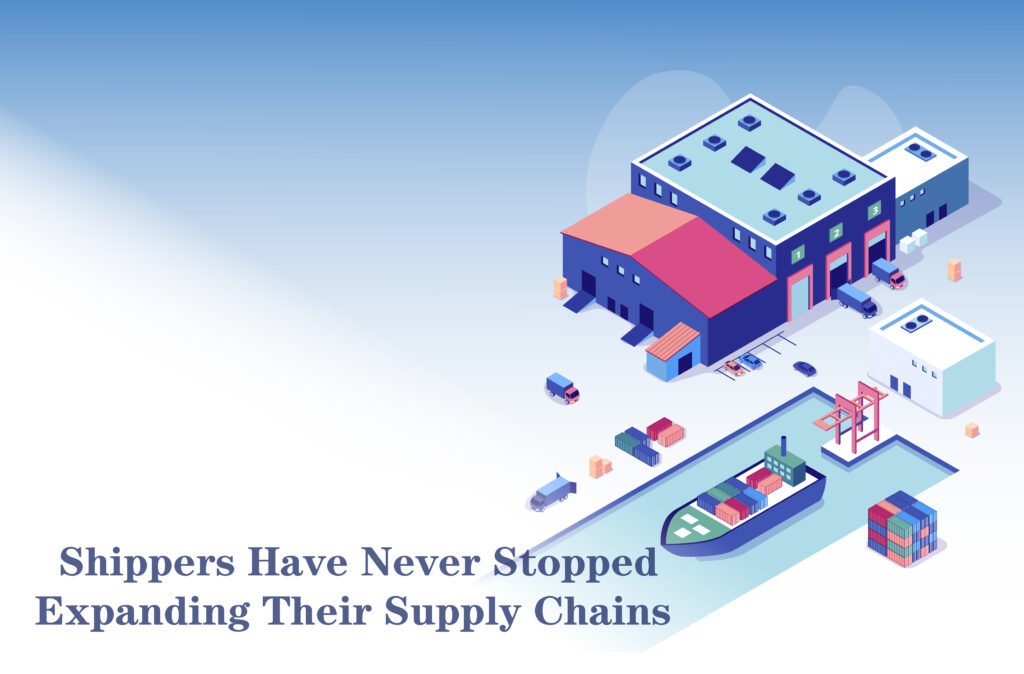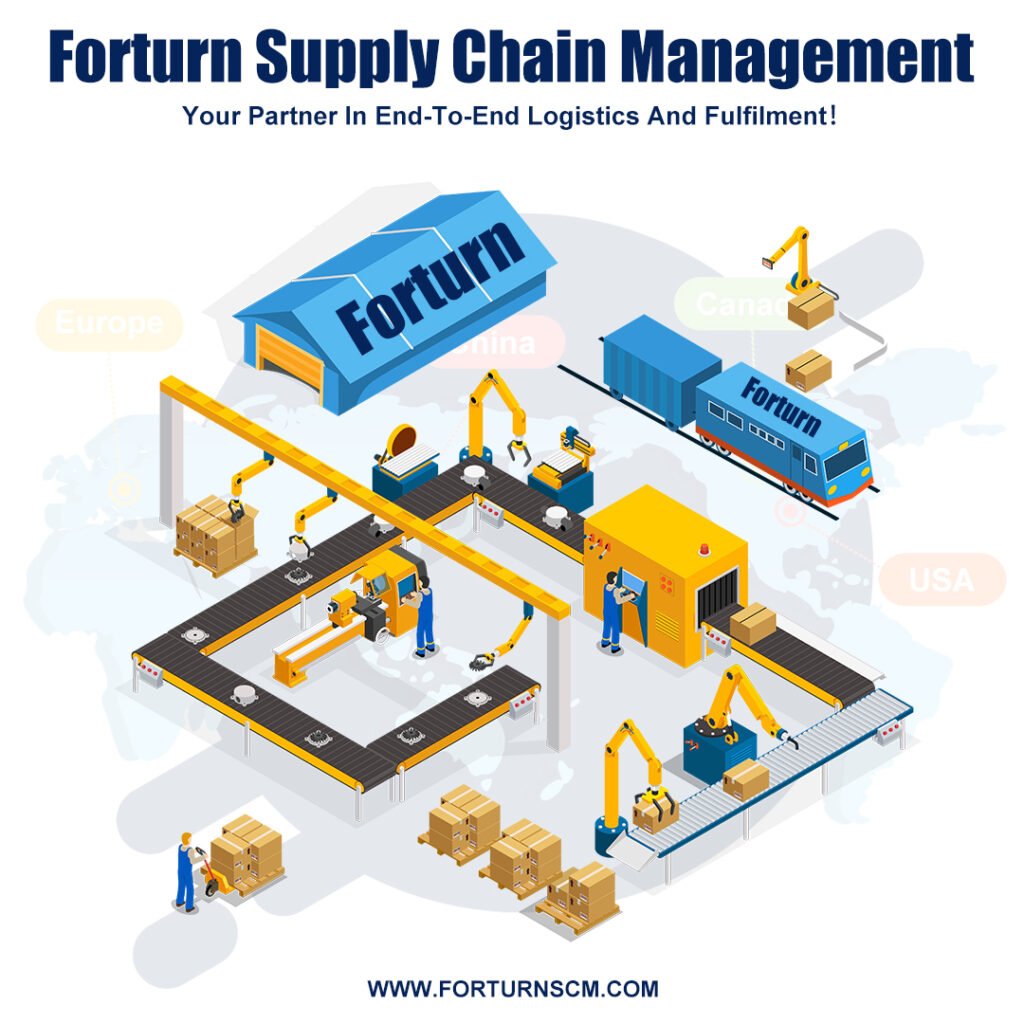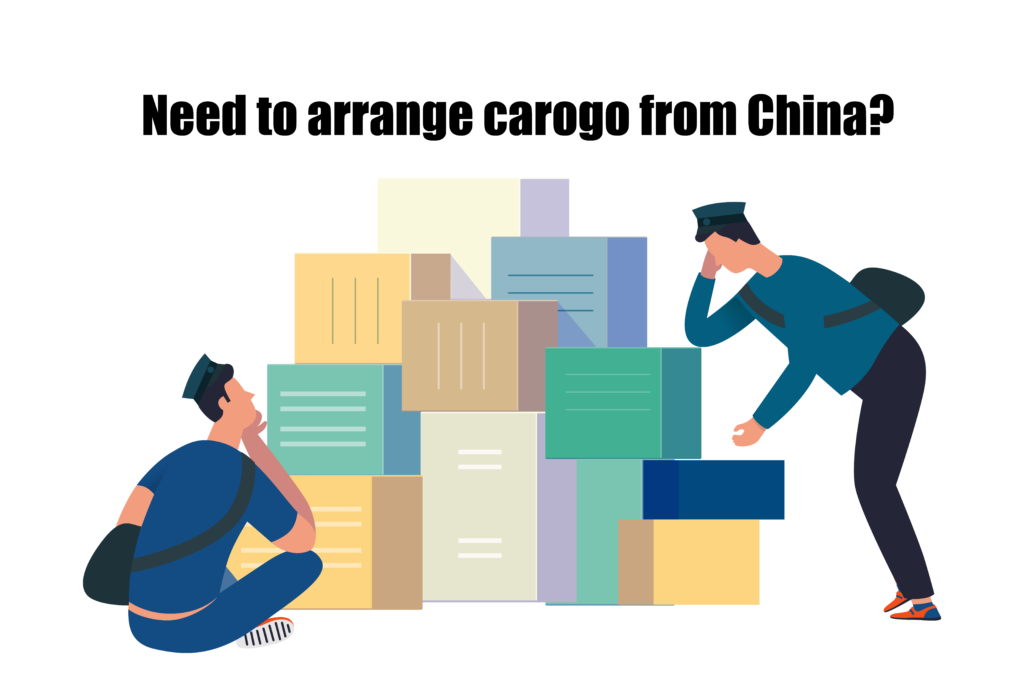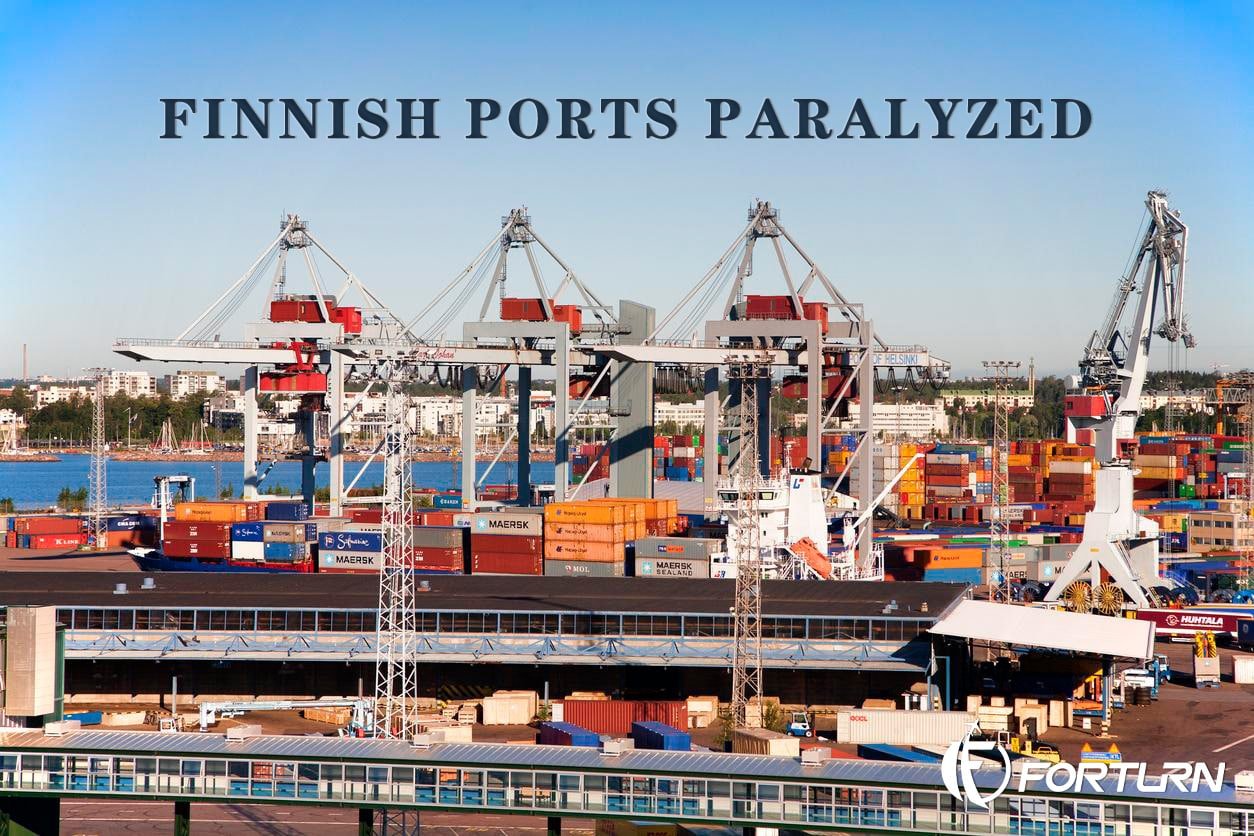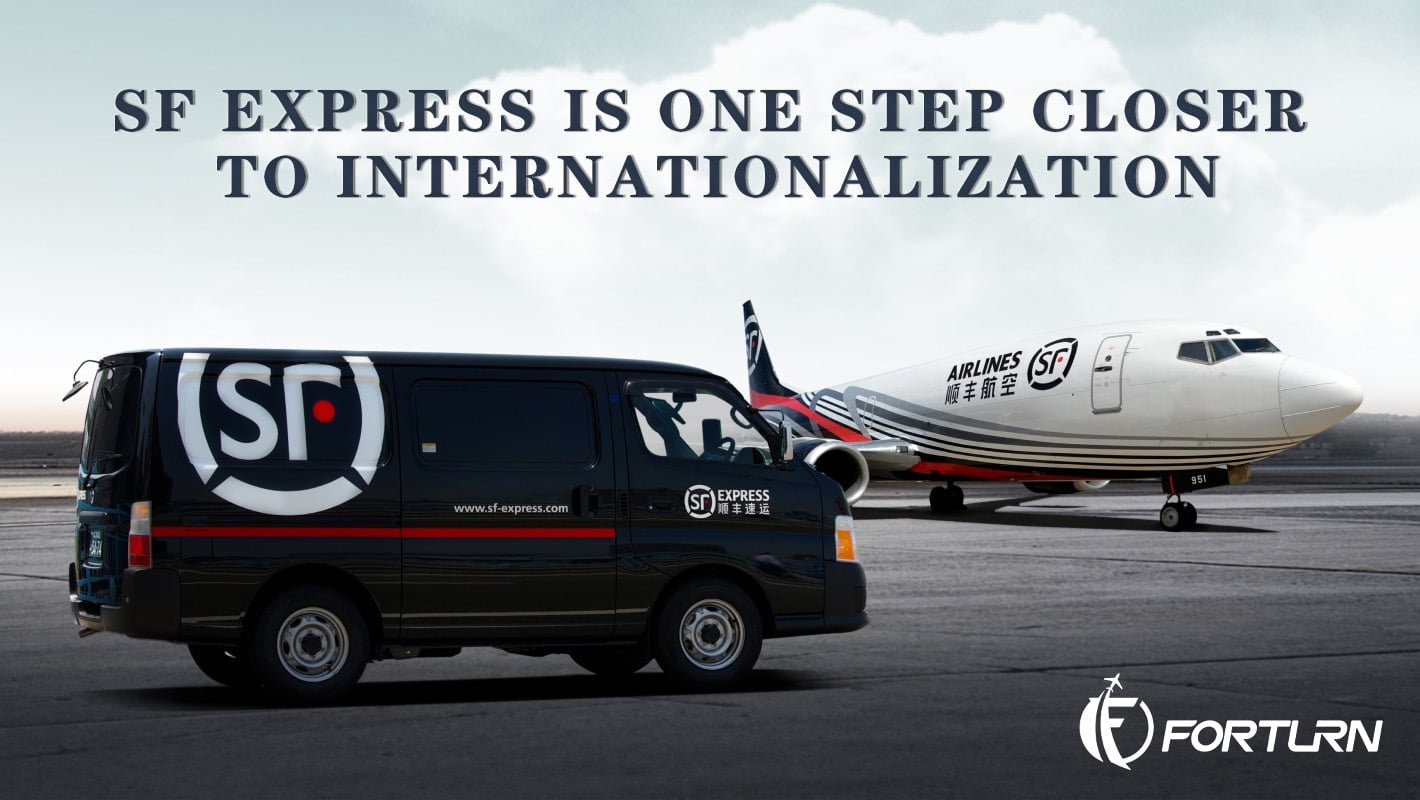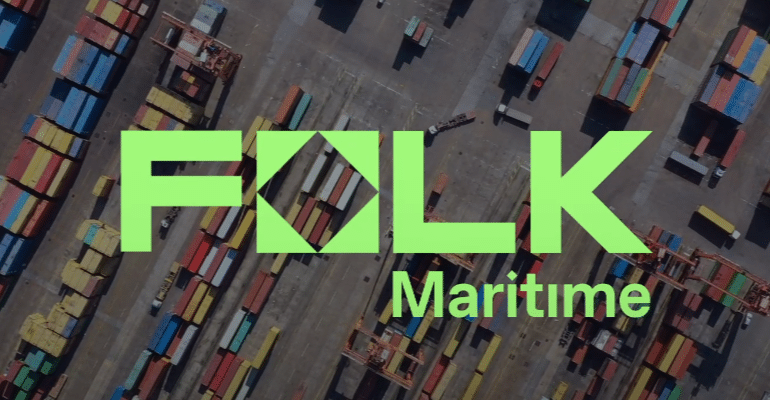Experts believe that in the long run, large shippers still need to establish long-term and stable cooperation with large shipping companies and logistics companies. The terminal congestion and tight capacity caused by the COVID-19 have put the global supply chain at risk of disruption, which directly led to the disruption of shippers’ transportation plans.
In order to ensure the stability of their own supply chains, after buying containers, chartering ships, and operating their own routes, some shippers have turned their attention to logistics companies.
Recently, Daesang Group, the largest food company in South Korea, acquired Traffix, a third-party logistics company in North America. The approach of the Elephant Group also shows the general mentality of current shippers. As container freight remains at a historically high level, both sea and land transportation are facing great challenges. More and more shippers hope to stabilize the rising transportation costs through vertical integration and other ways.
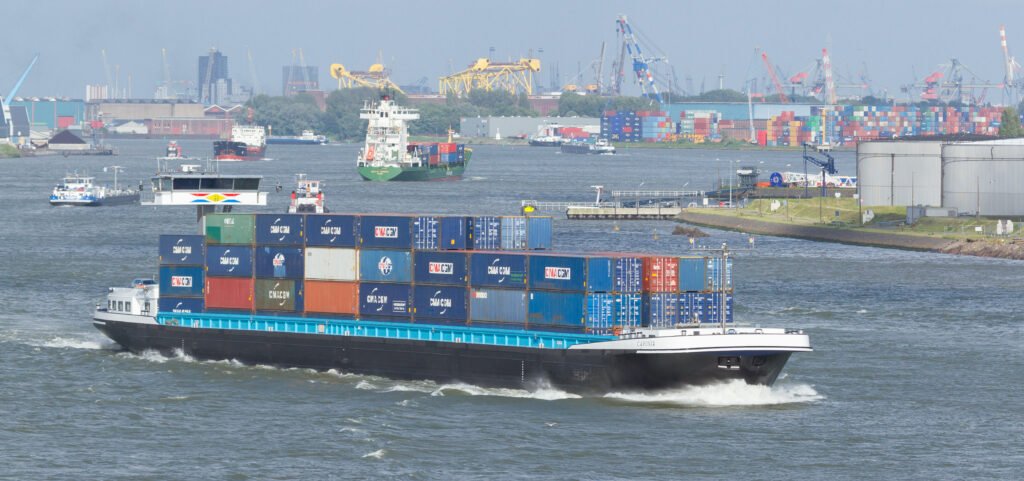
As early as last year, American Eagle, an American clothing retailer, acquired two third-party logistics companies within two months. From buying ships, leasing containers, operating routes, setting up shipping companies, and acquiring logistics companies, shippers have never stopped expanding their supply chains. In the long run, large shippers still need to establish long-term and stable cooperation with large liner companies.
On the one hand, shippers who directly operate routes or operate container shipping companies and logistics companies are all facing greater market risks and operational risks. On the other hand, if logistics companies want to obtain a stable income, they need to focus on the improvement of service value, including how to optimize the overall route layout, solve empty container allocation, provide stable and reliable schedules, and improve end-to-end service levels, etc., which are the keys to a stable supply chain.

